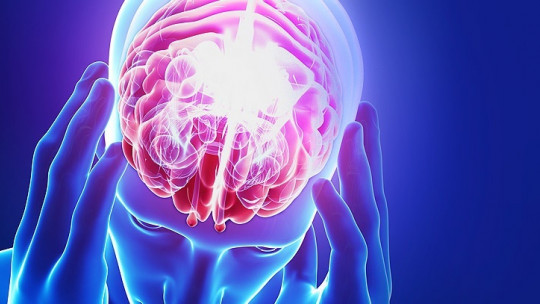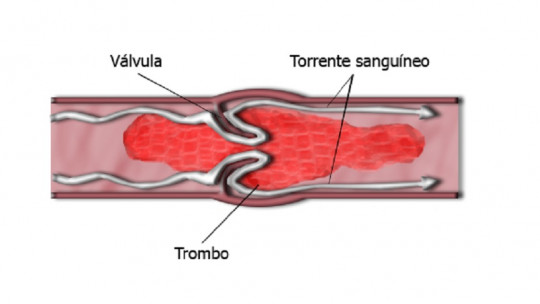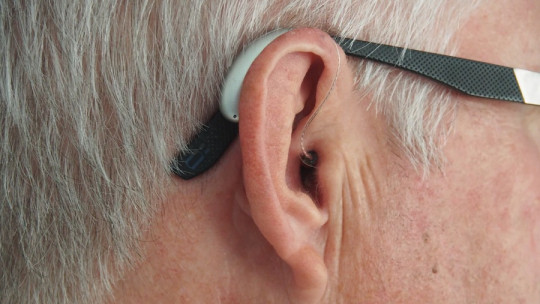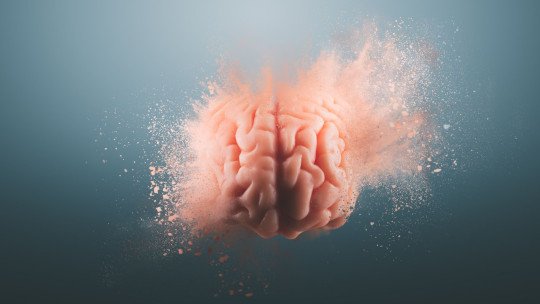Know the causes that damage the brain and the consequences originating in behavior is vital in the study of neuropsychology. Thanks to the appearance of functional and structural neuroimaging techniques, it has been possible to study the brain structures damaged from the moment of the injury, as well as their subsequent evolution.
Likewise, in most cases, physical, cognitive and emotional consequences are observed that end up generating some type of disability.
Causes of acquired brain damage in adults
In adults, The following causes of acquired brain damage stand out (DCA).
1. Strokes
Cerebrovascular accidents (CVA) are differentiated into two subtypes: ischemic and hemorrhagic , the former being more frequent. Ischemic strokes are characterized by the interruption of blood flow in a certain area of the brain that prevents the supply of oxygen and glucose, leading to a heart attack. There are three main causes:
On the other hand, hemorrhagic strokes stand out, based on bloodshed due to ruptured arteries highlighting intracerebral and subarachnoid hemorrhages.
2. Craniocerebral trauma
Traumatic brain injuries (TBI) are the leading cause of death among young people Brain damage is caused as a result of external agents such as traffic accidents, falls, work accidents, etc.
Open TBIs are due to brain injuries as a result of injuries to the skull or fractures that reach the brain, although they do not usually affect the state of consciousness.
For their part, closed head injuries They are usually accompanied by coma states , derived mostly from traffic accidents. In these cases, contusion with small hemorrhages in superficial vessels stands out as the main damage, and axonal damage may also occur with the consequent loss of myelin that may cause deficits in attention, memory and information processing, especially when the lobes involved are the frontal and temporal.
3. Tumors
Tumors are expansive processes that can originate in any part of the brain These are divided into primary, when they originate in the brain itself, or secondary, when they come from metastasis to other areas of the body. The danger depends on its infiltration capacity in the organ and its proliferation capacity.
The most common are gliomas derived from glial cells such as astrocytes, glioblastoma multiforme being one of the most lethal, since it tends to rapidly invade brain tissue, so that when it is diagnosed it is usually too late to provide good treatment.
How is medical intervention done?
Identify risk factors for brain damage It is of vital importance for primary prevention, the main ones being age, genetic vulnerability and previous vascular diseases, as well as the presence of heart disease, hypertension, obesity and substance abuse, among others.
The prognosis will depend in any case on the age of the patient, as well as the extension and brain area affected. In the case of stroke, treatment must be very rapid, since otherwise it may worsen and cause series of sequelae, which is why in addition to administering drugs that reduce blood pressure, surgical intervention is frequently necessary to reduce bleeding.









